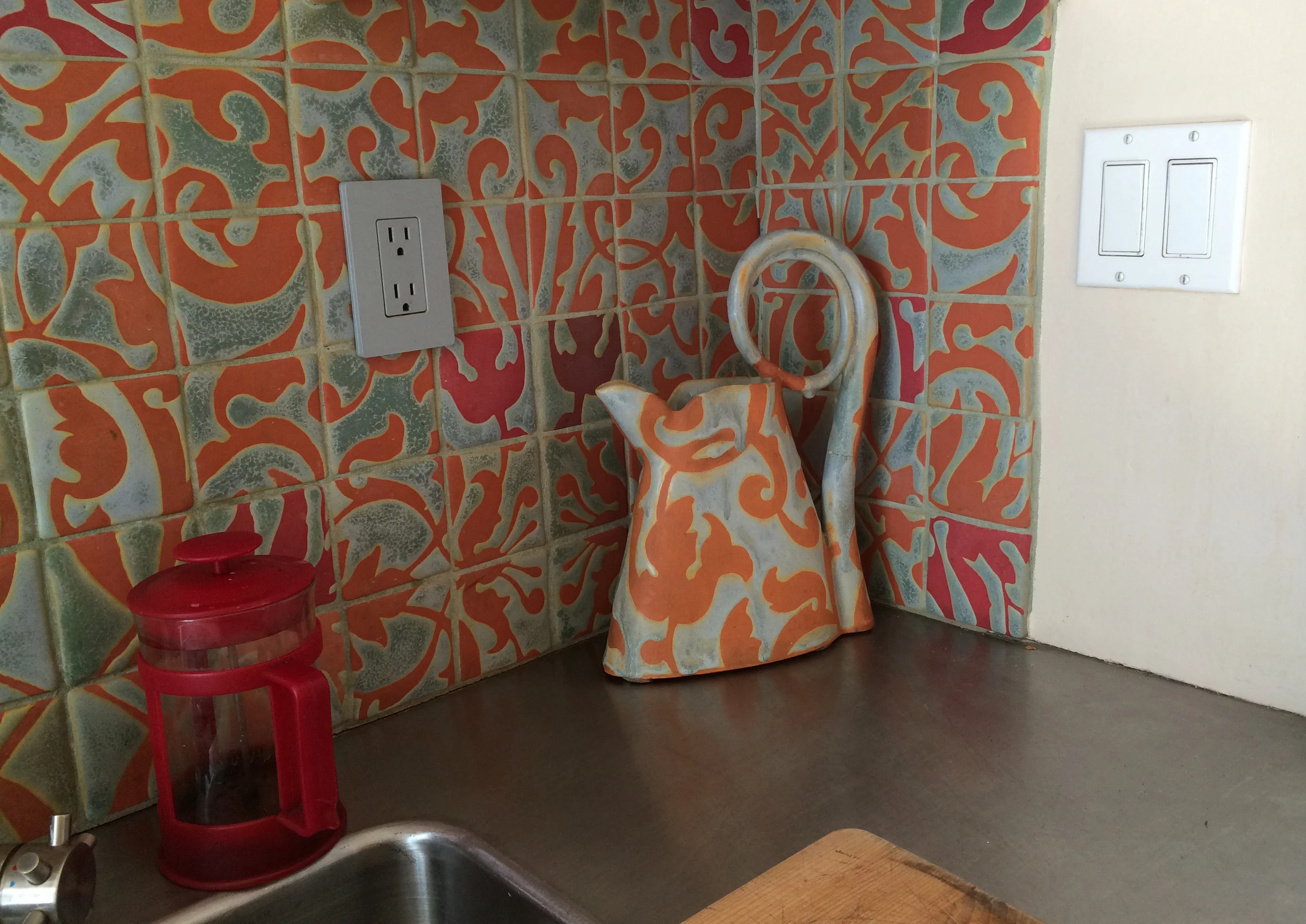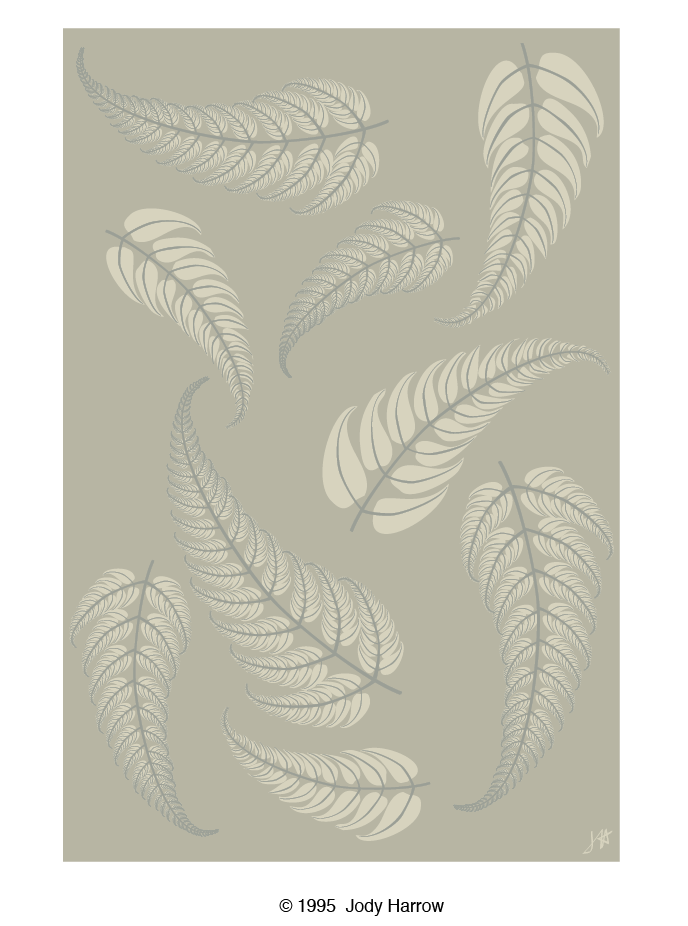strength in numbers
Repetition of pattern when done well is pleasing to the eye and mind. Because pattern is predictable repetition, like music, it can be restful. This repetition of pattern takes in color, shape, motif and texture. The reason why the visual rest pattern gives us is so vital is because the brain and our eyes – its extension - take in an enormous amount of information every waking moment. We need to process and unravel every bit of this information at lightning speed. A daunting task to accomplish behind the seen/scene.
Turkish Embassy Washington, DC
Our scale/proportion/volume post talks about how our eyes circulate around and through objects that reflect light and color at different wave lengths. These objects of different size and proportion cascade around each other. The space around the objects and the objects themselves transform a room from big and empty to one that holds together objects with dynamic movement.
I've noticed that an empty room can feel and look small but when filled with furniture and objects this same space feels larger. This is because of the layers of visual information and interest the room holds when containing various objects.
Turkish Tile
That is why within this visual layering we need rest spots. One way is by creating repetition of shapes, pattern and color. Rather than a riot of these varying elements, repetition helps to quiet the environment and helps us feel tranquil in our own home.
- there are no straight lines in nature -
There is an underlying structure to Nature. At first glance leaves and stems seem to be randomly placed without rhyme or reason. But upon closer inspection there is a perfect order. These PATTERNS set up a rhythm of repetition that is balanced though not necessarily symmetrical.
It's seems more pleasing to see shapes clustered in groups of uneven numbers. Is this because an unbalanced quantity leaves something to the imagination?
Bathchelder, in his book The Principles of Design, said it so well when he stated that rhythm means joint action or movement, a consistent relation and connection of parts that enables the eye to find a way through all the details of a design.
Here is my take on fractal geometry. When my computer ran out of memory in '95 I stopped fractalizing the leaves, making it part of the pattern.
fractal geometry
Fractal geometry is a branch of mathematics that looks at nature replicating itself with the same pattern as its “parent”. Its only change is in its scale. This patterning is a way for the object to reproduce itself - a coding perhaps. Years ago when I prematurely cut open a baby philodendron leaf, to my surprise I found the exact replica of what it was one day to become. Tightly coiled inside the shoot was a pale green leaf with it’s little Swiss cheese-like holes - replicating it’s parent’s DNA – waiting to unfurl.





